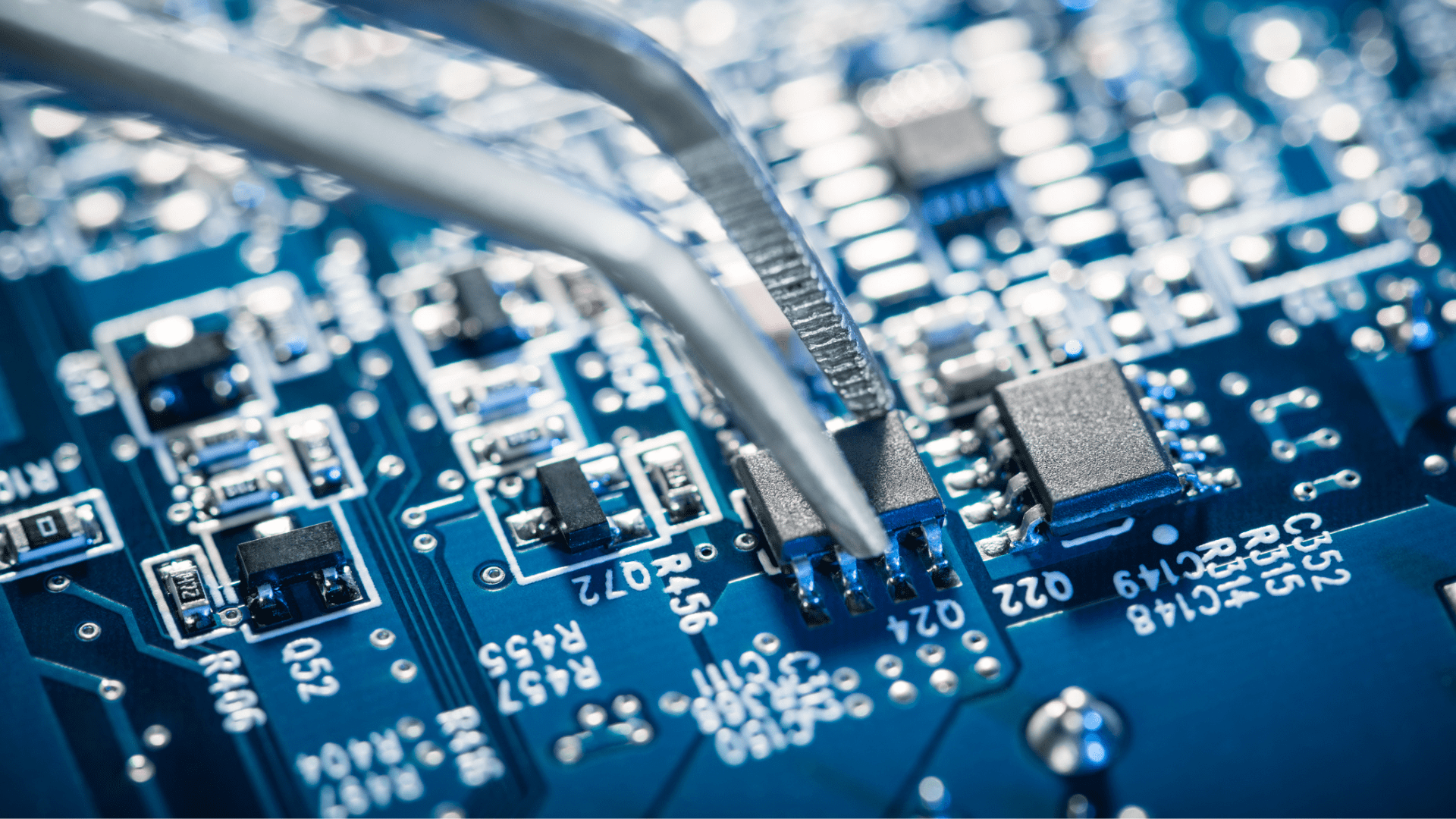MIT physicists have created a transistor using a ferroelectric material that could revolutionize electronics. The material — an innovation by the same core team and colleagues in 2021 — is ultrathin and separates positive and negative charges into different layers.
Led by Pablo Jarrillo-Herrero, Cecil and Ida Green Professor of Physics, and Raymond Ashory, Professor of Physics, the team demonstrated that their new transistor outperforms current industry standards in several key aspects.
At the heart of the new transistor is ferroelectric material arranged in a parallel configuration, an arrangement that does not occur naturally.
When an electric field is applied, the layers slide slightly over each other and change the positions of the boron and nitrogen atoms, dramatically changing the electronic properties of the material.
“In my lab, we mainly do fundamental physics. This is one of the first and perhaps the most dramatic examples of how a lot of basic science has led to something that can have a big impact on applications,” Jarrillo-Herrero said. News from MIT.
High performance and durability
The new transistor sets itself apart from conventional electronics with an impressive array of capabilities.
Of particular note is its ability to switch between positive and negative charges—essentially zeros and ones—at nanosecond speeds. This fast switching capability is key to high-performance computing and data processing.
Even more remarkable is the durability of the transistor. According to the team, the transistor shows no signs of degradation even after an astonishing 100 billion switches. By comparison, conventional flash memory devices are plagued by wear issues and require complex methods to distribute read and write operations across the chip.
In addition, the ultra-thin transistor—only billionths of a meter thick—opens up possibilities for much denser computer memory storage as well as more energy-efficient transistors.
Future prospects
“We also did the material together with Ray [Ashoori] and [co-first author] Evan [Zalys-Geller], we measured its characteristics in detail,” said Kenji Yasuda, co-author of the study and now an assistant professor at Cornell University, highlighting the synergy between the different research groups. “It was very exciting.”
Despite the seemingly limitless potential, challenges remain to be resolved before the technology can be widely adopted. “We made one transistor as a demonstration. If people could grow these materials at wafer scale, we could create many, many more,” said Yasuda News from MIT.
The research team is also investigating triggering ferroelectricity with alternative methods such as optical pulses and testing the limits of the material’s switching capabilities, among other possibilities. The conventional manufacturing method for these new ferroelectrics is complex and not suitable for mass production.
“There are several problems. But if you allow them, this material fits in so many ways into potential future electronics. It’s very exciting,” Ashori concluded.
“When I think about my entire career in physics, this is the work that I think 10 to 20 years from now could change the world.”
Details of the team’s research were published in the journal Science.
FOR THE EDITOR
Amal Jos Chacko Amal writes code on a typical work day and dreams of clicking pictures of cool buildings and reading a book curled up by the fire. He loves all things tech, consumer electronics, photography, cars, chess, football and F1.



